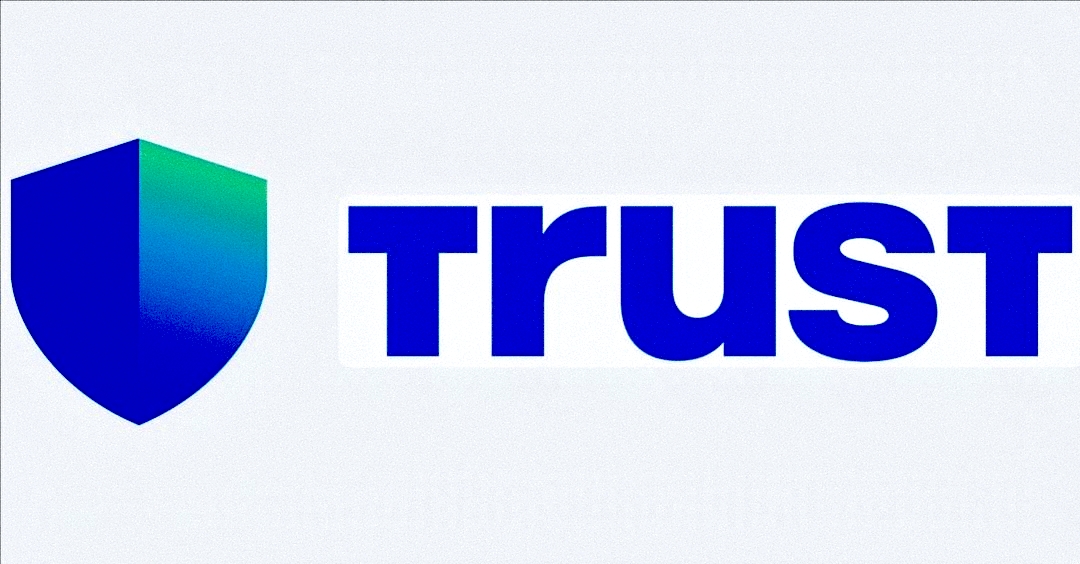Cryptocurrency wallets are essential for securely storing, sending, and receiving digital assets. Among the many options available, Trust Wallet stands out as a popular choice due to its user-friendly interface, strong security features, and support for thousands of cryptocurrencies.
In this comprehensive guide, we’ll walk you through how to use Trust Wallet, its key features, security measures, and tips for managing your crypto assets effectively.

What Is Trust Wallet?
Trust Wallet is a mobile-based, non-custodial cryptocurrency wallet that allows users to store, manage, and trade various digital assets. Acquired by Binance in 2018, it supports Bitcoin (BTC), Ethereum (ETH), Binance Coin (BNB), and thousands of ERC-20, BEP-20, and other blockchain tokens.
Key Features of Trust Wallet
✅ Multi-Currency Support – Store thousands of cryptocurrencies and tokens.
✅ Non-Custodial Wallet – You control your private keys.
✅ Built-In Web3 Browser – Access decentralized apps (DApps) directly.
✅ Staking & Earning – Earn passive income by staking supported coins.
✅ Secure & Private – No KYC required; encrypted private keys.
✅ Cross-Platform Compatibility – Available on iOS and Android.
How to Set Up Trust Wallet
Step 1: Download Trust Wallet
- Visit the App Store (iOS) or Google Play Store (Android).
- Search for “Trust Wallet” and download the official app.
⚠️ Warning: Only download from official sources to avoid scams.
Step 2: Create a New Wallet
- Open the app and tap “Create a New Wallet.”
- Read and agree to the Terms of Service.
- Backup Your Recovery Phrase – You’ll see 12 or 24 random words. Write them down and store them securely (never share them!).
- Confirm the recovery phrase to complete setup.
Step 3: Secure Your Wallet
- Enable Biometric Authentication (Face ID/Fingerprint) or a PIN for extra security.
- Avoid screenshots of your recovery phrase.
How to Use Trust Wallet for Cryptocurrencies
1. Receiving Crypto in Trust Wallet
- Open the app and select the cryptocurrency you want to receive (e.g., Bitcoin, Ethereum).
- Tap “Receive” to view your wallet address.
- Share this address (or scan the QR code) with the sender.
🔹 Note: Always ensure you’re using the correct network (e.g., BEP-20 for Binance Smart Chain).
2. Sending Crypto from Trust Wallet
- Tap “Send” and choose the cryptocurrency.
- Enter the recipient’s wallet address (double-check for accuracy).
- Input the amount and confirm the transaction (check gas fees for Ethereum-based tokens).
3. Buying Crypto with Trust Wallet
- Tap “Buy” and select a payment method (credit card, Apple Pay, etc.).
- Choose the cryptocurrency and complete the purchase (fees apply).
4. Swapping Tokens in Trust Wallet
- Use the “Swap” feature to exchange one crypto for another.
- Select the tokens and confirm the swap (slippage tolerance applies).
5. Staking & Earning Passive Income
- Go to the “Earn” section.
- Choose a supported staking coin (e.g., BNB, ADA, SOL).
- Stake your tokens and earn rewards over time.
6. Connecting to DApps (Decentralized Apps)
- Use the built-in Web3 browser to access DeFi platforms like PancakeSwap or Uniswap.
- Connect your wallet and approve transactions securely.
Trust Wallet Security Tips
🔐 Never Share Your Recovery Phrase – Anyone with these words can access your funds.
🔐 Use Hardware Wallet Integration – For extra security, connect Trust Wallet to a Ledger device.
🔐 Enable Transaction Signing – Approve every transaction manually.
🔐 Beware of Phishing Scams – Only use official Trust Wallet links.
Pros and Cons of Trust Wallet
✅ Pros
✔️ User-friendly for beginners
✔️ Supports thousands of cryptocurrencies
✔️ No KYC required
✔️ Built-in DApp browser and staking options
❌ Cons
✖️ No desktop version (mobile-only)
✖️ Higher gas fees on Ethereum network
✖️ Limited customer support
Frequently Asked Questions (FAQs)
1. Is Trust Wallet Safe?
Yes, Trust Wallet is secure as long as you keep your recovery phrase private and enable security features like biometric authentication.
2. Can I Recover My Trust Wallet if I Lose My Phone?
Yes! Use your 12 or 24-word recovery phrase to restore your wallet on a new device.
3. Does Trust Wallet Charge Fees?
Trust Wallet itself doesn’t charge fees, but blockchain networks (like Ethereum) impose gas fees.
4. Can I Stake Crypto in Trust Wallet?
Yes! You can stake supported coins like BNB, ADA, and SOL to earn rewards.
5. Is Trust Wallet a Hot or Cold Wallet?
It’s a hot wallet (connected to the internet). For maximum security, consider a hardware wallet like Ledger.
Conclusion
Trust Wallet is one of the best mobile cryptocurrency wallets for beginners and experienced users alike. With its multi-chain support, staking options, and DApp integration, it provides a seamless way to manage your crypto assets securely.
By following this guide, you can safely send, receive, swap, and stake cryptocurrencies while keeping your funds protected. Always remember to backup your recovery phrase and avoid phishing scams to ensure a smooth crypto experience.
🚀 Ready to take control of your crypto? Download Trust Wallet today and start managing your digital assets with ease!
